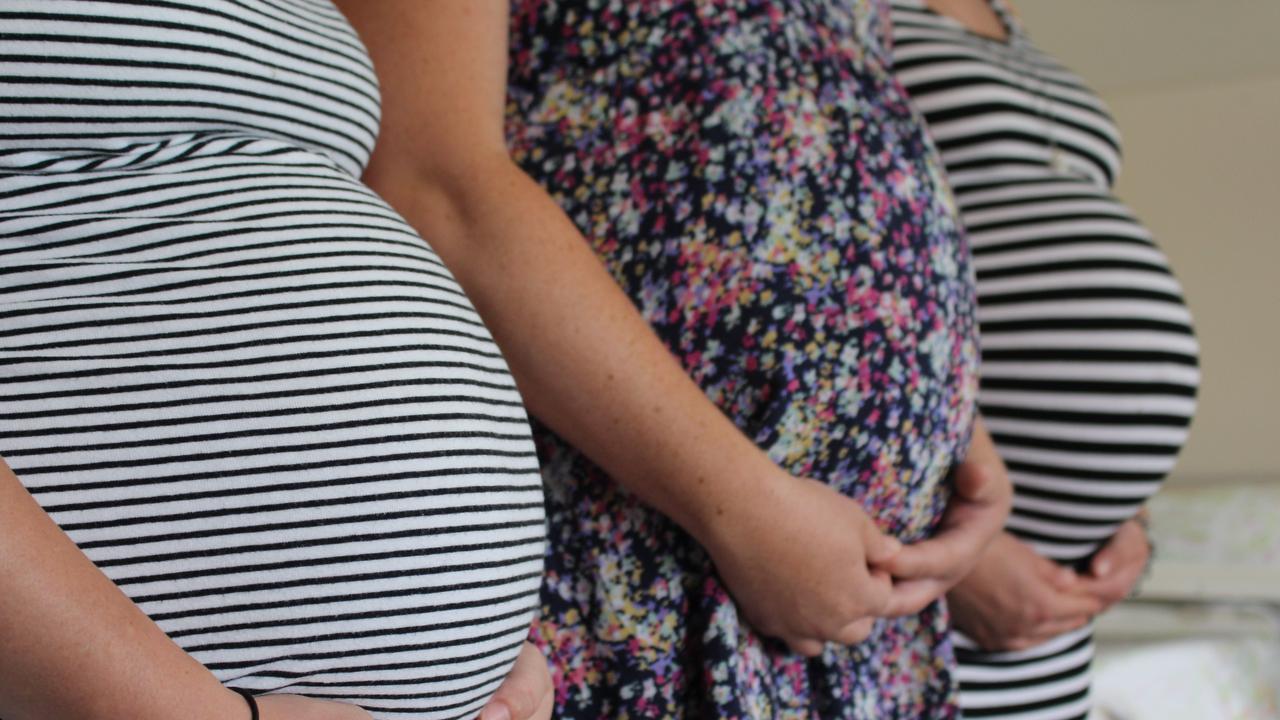‘Mindful’: How school lunches have changed over the years
There was public outcry when ham and fairy bread were listed as school lunch no-no’s this week.
There was outrage this week when the beloved ham roll and fairy bread became limited at some schools led many to wonder what could be next? The humble Vegemite and cheese sandwich?
But in fact, school lunches have changed over the years as we learn more about having a healthy diet and good nutrition.
Just 20 years ago, lunch boxes were full of processed meats, packets of chips and chocolate bars.
While they can still be found in some lunch bags today, many parents are ensuring their children’s meals are much more healthy bento boxes.
They are packed with more fruit and vegetables instead of store-bought packaged snacks, home-cooked lean meats are replacing the processed kind, and plain yoghurt is now more common than flavoured dairy treats.
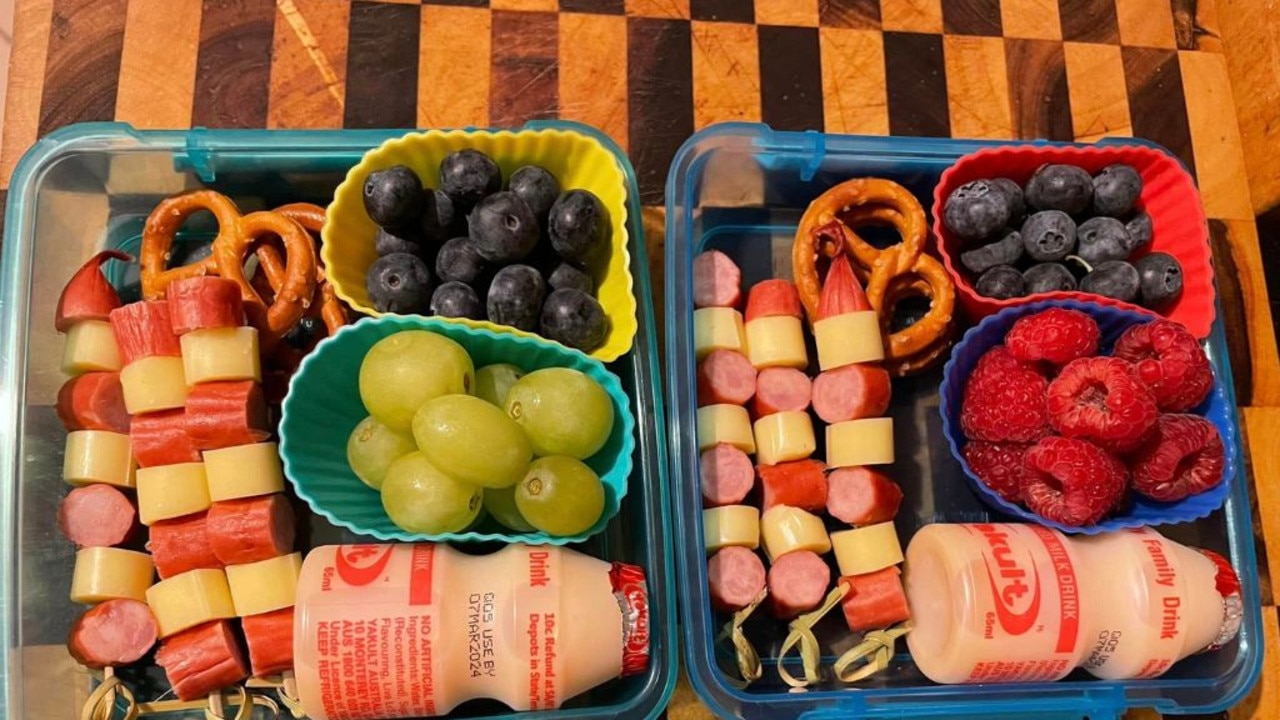
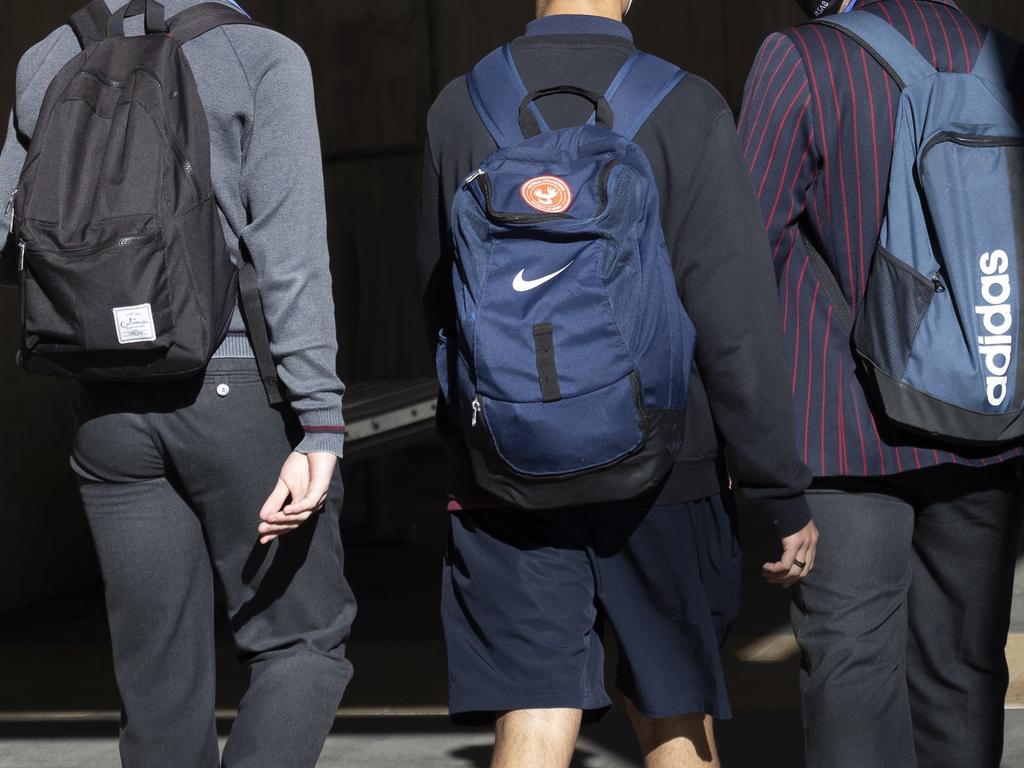
Three-year-old William said he loves the “special Vegemite sandwich Mummy makes”.
His mother Louise Mucciarone told NCA NewsWire she uses a sandwich press and gets creative, such as making a heart-shaped sandwich for Valentine’s Day.
“I love the bento boxes because they reduce so much plastic waste,” she said.
“Social media is also great for inspiring healthy lunch boxes. I get ideas for William’s lunch box from bento box Facebook groups and Instagram.
“My friends and I also share our lunch box ideas, like my friend gave me the idea for a Valentine’s Day heart sandwich.”
Ms Mucciarone shared examples of typical lunches for William that included a range of foods, from healthy fruits and vegetables to treats like hot cross buns.
“I think initiatives like the Crunch and Sip nutrition program make parents much more mindful of what their children are eating at school and what is in their lunch boxes compared to previous generations,” she said.

This week, there was public outcry when Western Australia banned ham at the canteen and South Australia issued guidelines warning fairy bread should no longer be sold or sent along in lunch boxes.
The WA Department of Health reconfigured its “traffic lights” system for classifying food and drink in the state’s public schools, moving ham and other processed red meat from an “amber” label to “red”, limiting its sale in canteens.
Processed and cured meats are classified as discretionary foods under the Australian Dietary Guidelines because they can be high in added salt and saturated fats.
Processed meats such as ham, sausages, salami and hot dogs are also classified by the International Agency for Research on Cancer as a group one carcinogen.
Health and Wellbeing Queensland public health nutritionist and dietitian Fiona Nave said pork could be a healthy choice, but less so when it was processed into ham.
“That’s because ham is made by curing or smoking, and the addition of preservatives such as salt and sulphates,” she said.
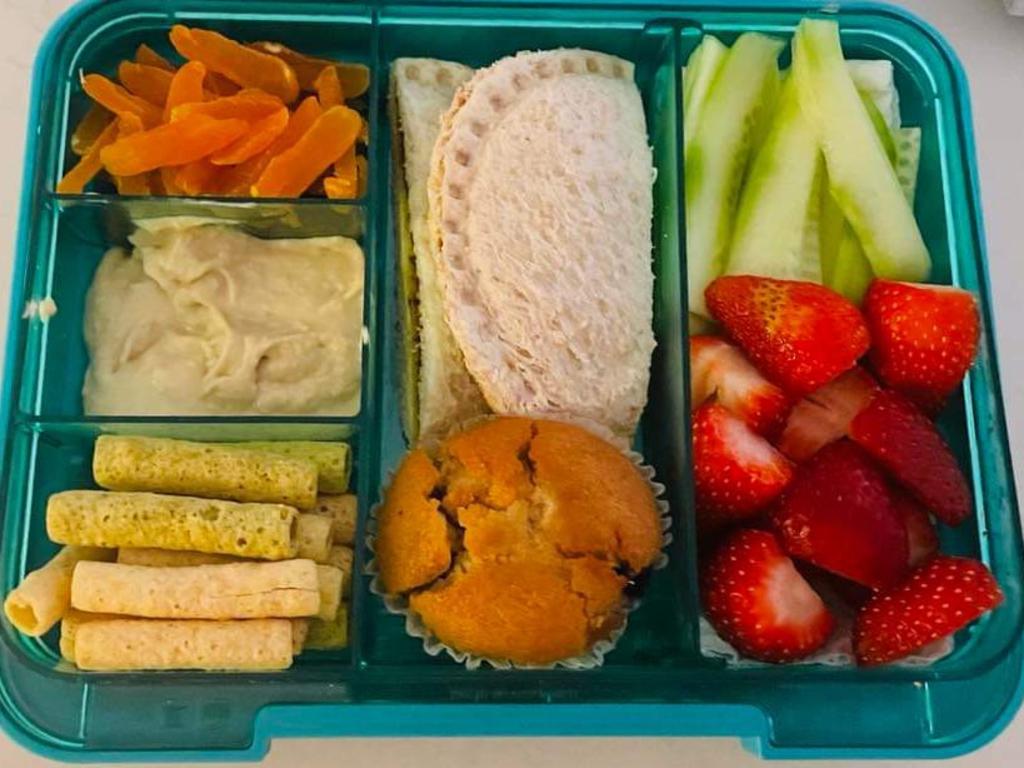
Ms Nave said it was often ignored that most foods were not eaten in isolation but were part of a meal.
“A wholemeal bread sandwich made with ham, cheese and a few vegetables like tomato, lettuce and cucumber can be a filling lunch that provides lots of nutrients our bodies need,” she said.
“But if you are worried about the health impacts associated with a processed food like ham, choose ham that is lower in salt, or swap with other lean proteins like chicken, roast meats or tinned fish, so that you are not eating it every day.”
Ms Nave also noted studies showed Australians ate more protein than they needed, which could lead to weight gain.
“We know that less than five per cent of Australian kids and adults eat enough vegetables daily,” she said.
“Adding more vegetables into meals, including in sandwiches, is an easy way to balance your plate and is also likely to keep you fuller for longer, and potentially save money at the supermarket.”
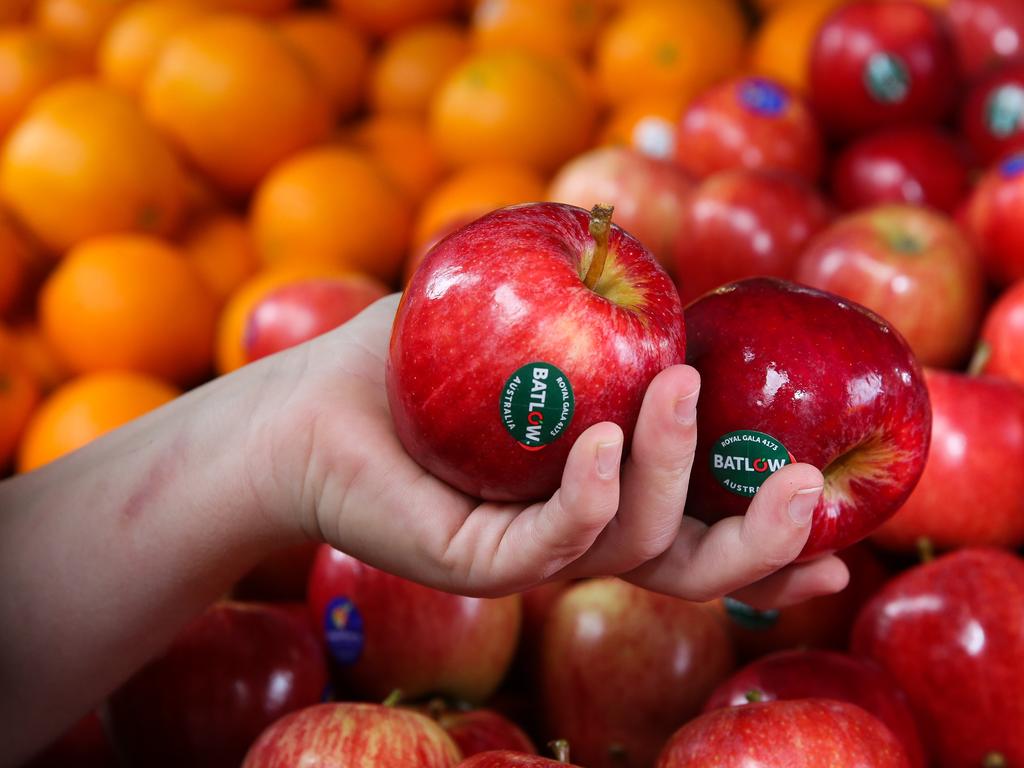
Lunchboxes over the years
Karrinyup Wellness Centre dietician Josephine Campbell, who also works at Perth Children’s Hospital, told NCA NewsWire school lunches had changed a lot over the years as our understanding of nutrition improved.
“In the early 1900’s school lunches were typically very simple with the staples being mainly soup, bread and milk,” she said.
“Some puddings and candied fruit could also be purchased.
“It may not have been well balanced but was a much better alternative than children going hungry or not eating well in their homes.
“In the 1920’s school lunches improved with more of a focus on schools offering hot lunches which were typically simple, inexpensive and a welcome addition to students who might otherwise go hungry.”
Ms Campbell said in the 1930’s excess food was bought from farmers for school lunch programs.
“School lunches provided an important source of nutrition for children all over the world,” she said.
“In the 1950’s schools had to increase production of school lunches due to the rise in population.”
In the 1960’s pizza was added and in the 1970’s fast food began to be introduced to school cafeterias.
“In the 1980’s processed food creations started to increase, with items like chicken nuggets and jelly added,” she said.
“In the 1990’s standards decreased, with unhealthy processed snacks and meals offered, and obesity rates in children started to rise.”
By the 2000’s decision-makers noticed alarming rates of obesity and started to try to change menus to provide healthier options.
“In the 2010’s school lunch programs were overhauled and the government became more involved with standards such as the traffic light system,” she said.
“Healthy eating gained cultural momentum and school lunches were to reflect that including programs, such as Crunch and Sip.
“There has been improvement recently and there is room for more.”




